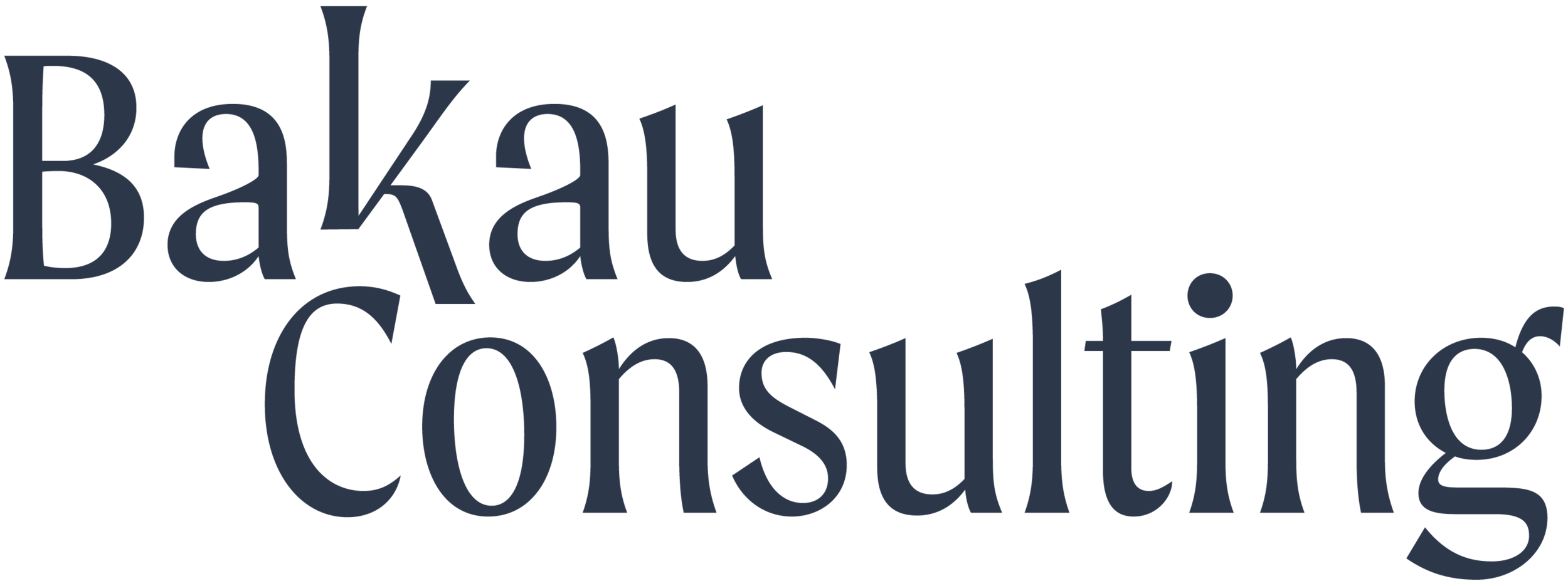Cancel Canada Day: Celebrate Indigenous Languages Instead
by Cicely Belle Blain
originally published on RIPPLE OF CHANGE
The first week of July is one associated with fireworks and feasts for many people in North America. “Canada Day” is a national holiday intended to mark the passing of the Constitution Act in 1867 and thus the creation of what we now call “Canada”. However, from a decolonial lens, it becomes abundantly clear that this is a celebration of colonialism and genocide of Indigenous peoples who have stewarded these lands for thousands of years.
Also this week, many parts of British Columbia have just endured a record-breaking heatwave, and it won’t be our last. Extreme weather conditions are a reminder of the effects of capitalism, colonialism and industrialization on our planet, a monumental contrast to the millennia of ecological harmony curated and enjoyed by Indigenous communities all over the world. As “Canada Day” rolls around again, the celebrations are nothing more than an ignorant dismissal of the violence experienced by Indigenous people and also environmental devastation caused by colonial powers.
The sanctity of land is a value that remains steadfast in many Indigenous communities. A reverence for the land, nature, wildlife and waters and a deep understanding of gentle human interaction with them perseveres in contrast to colonial realities.
The First Peoples’ Cultural Council (FPCC) has launched the First Peoples’ Map, the first interactive map in Canada featuring information about the diverse and living Indigenous languages, arts, and rich cultures in B.C. The tool helps non-Indigenous people better understand and appreciate Indigenous perspectives as one small step towards reconciliation, and for Indigenous people, it's an important celebration and powerful way to share their rich knowledge.
Hannah Mashon is a mixed-race Cree woman from Saddle Lake Cree Nation and the FPCC’s Communications Officer. Mashon described the map as a user-friendly tool that educators, business owners, civil servants and tourists alike can use to situate themselves in their work and travels across the province. Beyond offering a land acknowledgement, as many do when they begin an event or meeting, map users can learn about local artists and even learn how to say a greeting in a living Indigenous language.
Local artists can upload their own content to the platform. “It's a great way to celebrate them and put them on the map. We honour their work and everything they do to revitalize languages, arts and cultures in B.C.,” says Mashon.
For allies looking to support Indigenous communities tangibly, the map is the perfect resource. Allyship can become performative when non-Indigenous people view Indigenous communities as people in need of help or saving; the map is Indigenous-led and curated, empowering the communities included on the platform to tell their own stories.
“The fact that the map was created by Indigenous people, and it's for Indigenous people; it's a place where they feel like their information, and their data is safe and that they are the ones that are adding the information. This is something that they can feel really proud of.”
While the map is an online tool, it is still deeply grounded in connecting to the land. “It showcases that languages are so tied to the land, and same with arts and culture, everything is very land-based,” Mashon explains.
One of the devastating impacts of colonialism is the loss of traditional languages; in many communities, there are only a handful of fluent speakers remaining. Many of the organizations listed on FPCC’s First People’s Map of B.C. run language revitalization programs that focus on cross-generational collaboration and learning. The Hesquiaht Language Program, for example, aims to keep alive the Nuu-chah-nulth language, currently spoken by less than 1% of their community.
While the map is still new and growing, it has all 204 First Nations communities and language regions documented and is already being used by various organizations across the province.
“We've had BC Wildfires [use the map]; they were really interested in the cultural heritage layer of the map because if they're going into communities, they want to be aware of any sites of cultural significance that are not visible on mainstream maps. If they're bringing in heavy machinery, they wouldn't want to damage the land; it could be a particular area for harvesting medicine,” Mashon explains.
For allies continuing to reflect on their relationship with the land as uninvited guests, the First Peoples’ Map of B.C. is a great place to pay genuine respect to Indigenous artists, organizers, Elders and land defenders by investing in their work, donating to Indigenous-led non-profits and learning a few words in a local language. As we reflect on the calls to #CancelCanadaDay, we can refocus our energy from fireworks and red-and-white flags to forming meaningful relationships with Indigenous communities.
Huy ch q’u!
(I live on the unceded territory of the Hul’q’umi’num’ speaking people in “Burnaby” and thus learned how to say “thank you” in Hul’q’umi’num’.)


